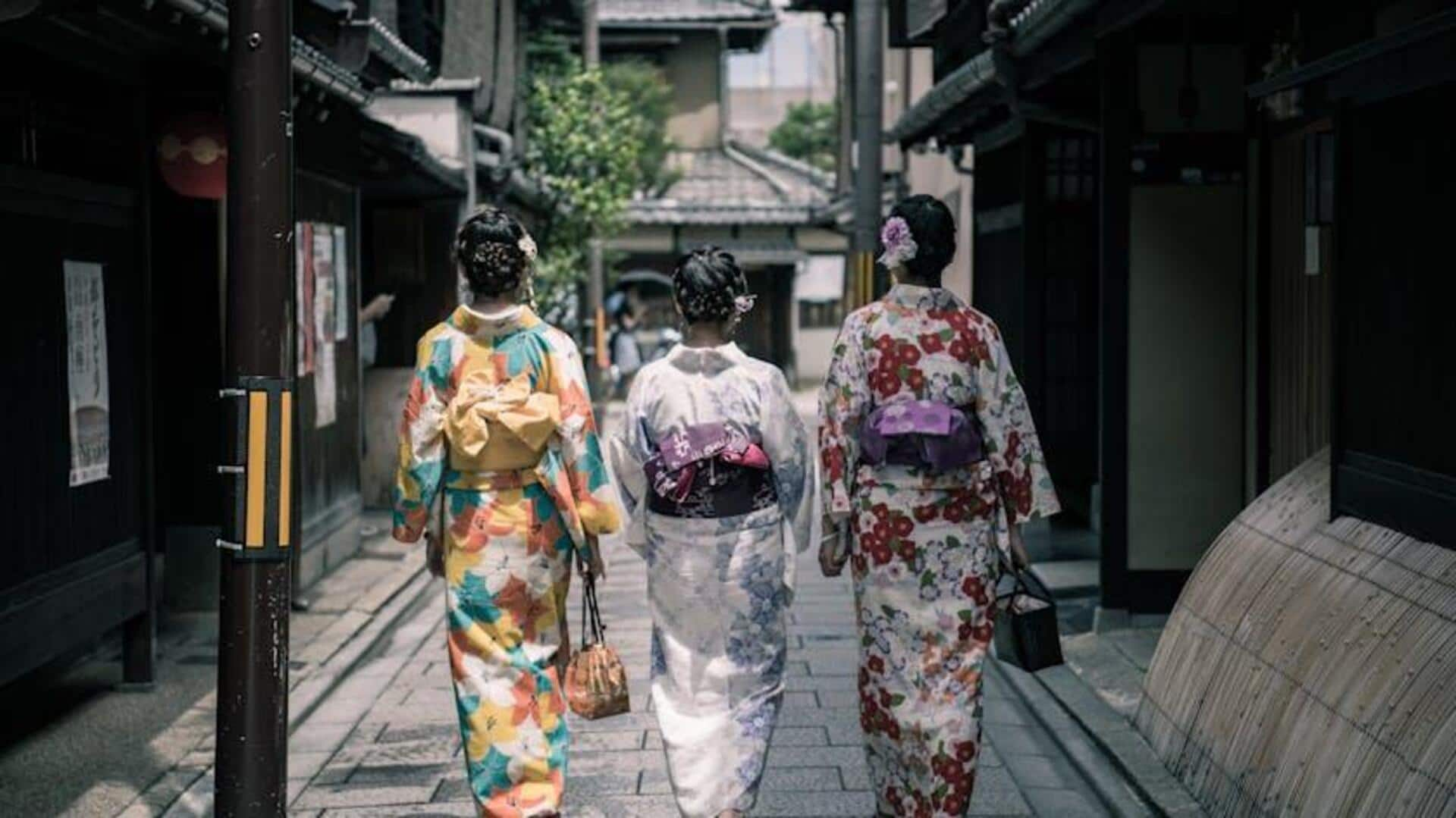
5 intriguing seating etiquettes in Japanese culture
What's the story
Japanese culture is replete with traditions and customs that epitomize respect and harmony. One of the most important customs are seating etiquettes, especially at social gatherings and formal events. Knowing the etiquettes can help you gain an understanding of the values of Japanese society. Here are five fascinating seating practices that are an inseparable part of Japanese culture, and how they keep decorum and respect alive.
#1
The importance of seiza
Seiza is another Japanese way of sitting on the floor with your legs folded beneath your thighs. It is seen as polite and respectful, particularly in formal settings such as tea ceremonies or traditional meals. Although it may be uncomfortable for non-natives, mastering seiza shows you understand Japanese customs and respect your hosts.
#2
Tatami room protocols
In rooms with tatami mats, there are specific rules about where to sit depending on hierarchy. Usually, the most honored guest sits farthest from the entrance while others are seated depending on their status or relationship to the host. Such an arrangement reflects the importance of social order and respect in Japanese culture.
#3
Sitting at low tables
When eating at low tables, or chabudai, it's considered normal to sit cross-legged, or in seiza. Stretching your legs out under the table is disrespectful. The practice highlights the values of modesty and consideration for others in attendance. It shows a deep respect for shared spaces and the cultural norms that govern them. This just goes on to show how much etiquette matters in Japan.
#4
Respectful entry into rooms
Upon entering a room in Japan, it's customary to stop and wait for the host or the most senior person present to direct you to your seat. The tradition is deeply rooted in the cultural norms of hierarchy and respect, especially towards elders or guests of honor. It ensures everyone is seated according to their social status or relationship with the host, maintaining harmony and respect throughout the gathering.
#5
Kneeling during greetings
Kneeling while greeting someone in formal settings is a gesture of utmost respect and humility in Japanese culture. While this practice isn't always mandatory during casual interactions today, it is still a vital part of traditional ceremonies. It's also important when you meet someone much senior in age or status, highlighting the values of respect and humility deeply rooted in Japanese traditions.